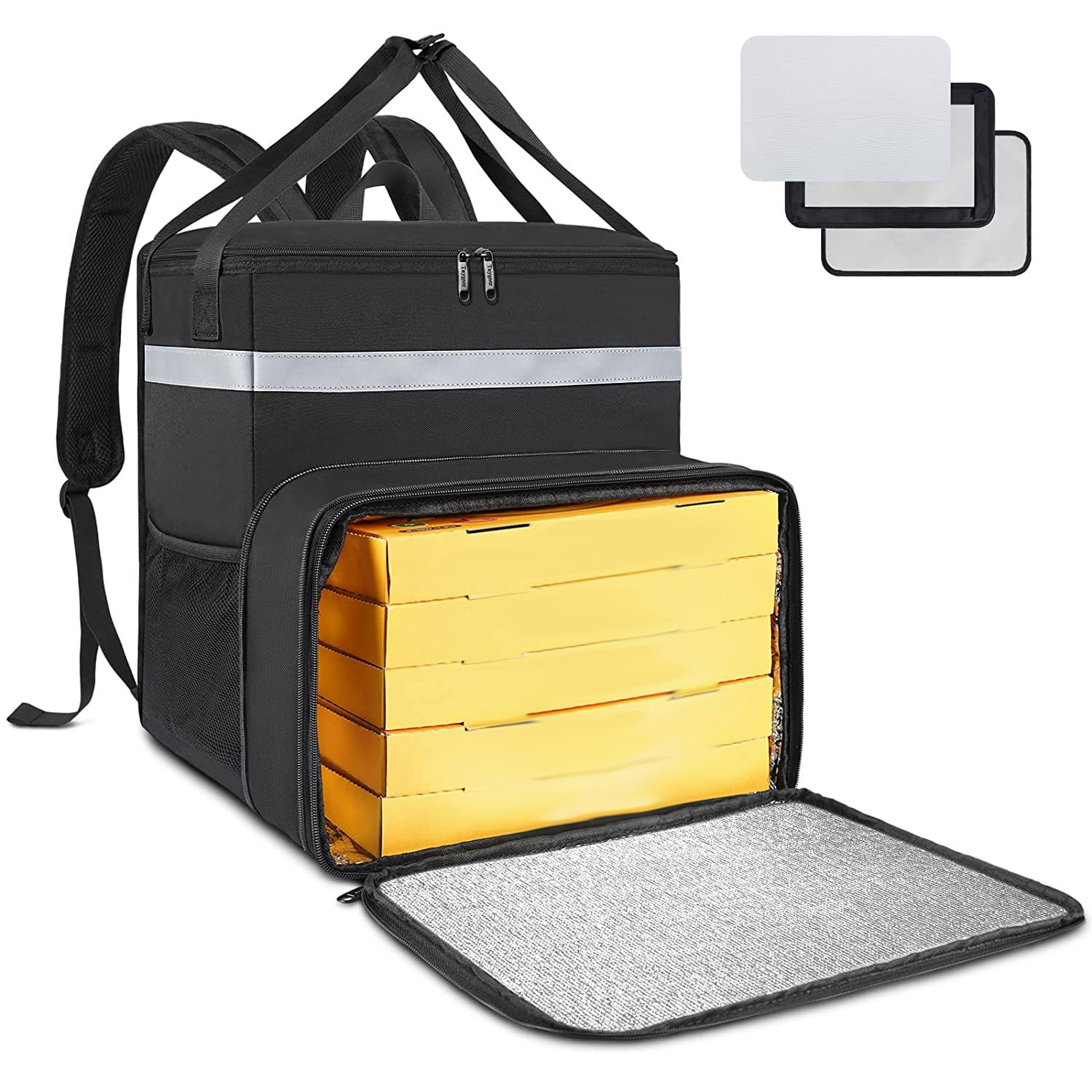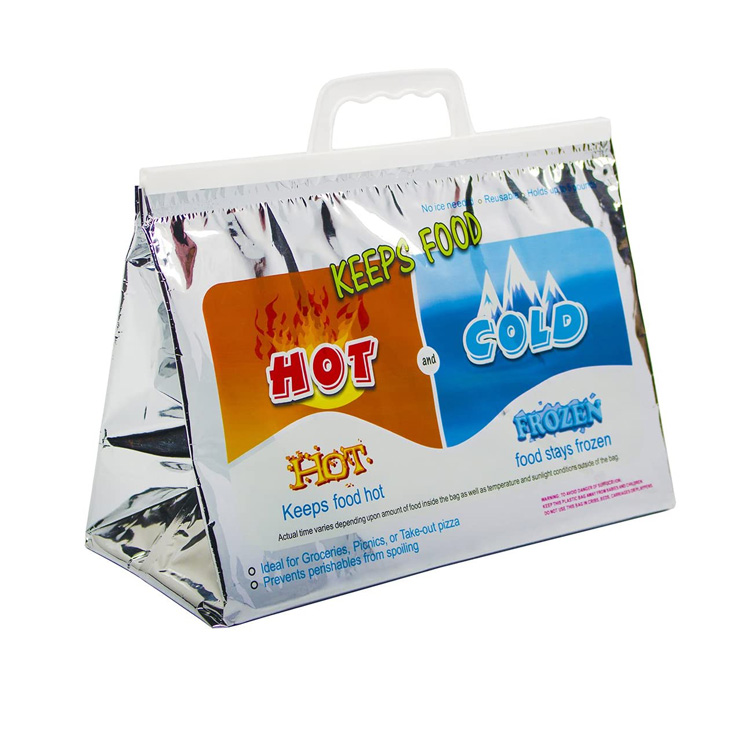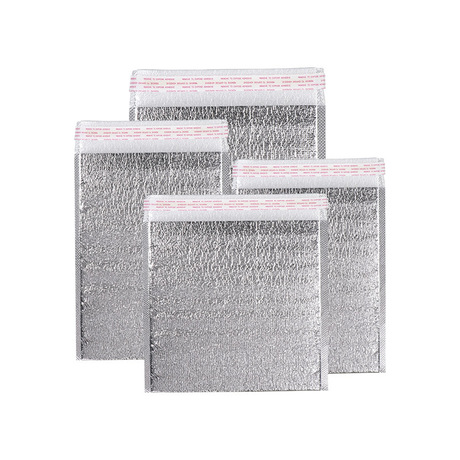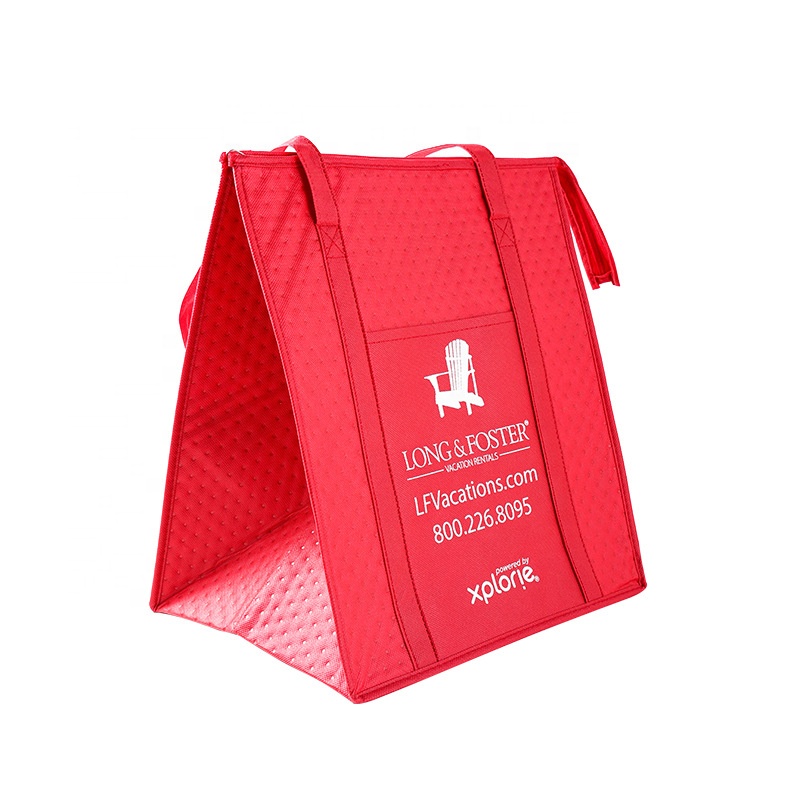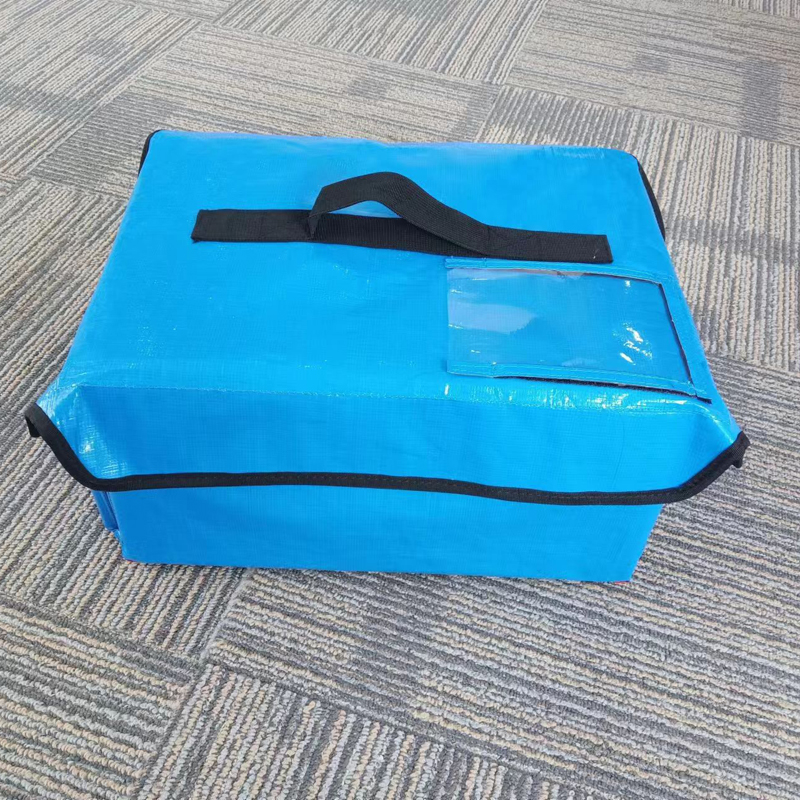A Comprehensive Guide for Businesses and Consumers
When it comes to shipping frozen food, ensuring that products remain at the right temperature throughout the entire transportation process is crucial. Choosing the right shipping boxes for frozen food not only helps maintain food quality but also prevents spoilage and waste. In diesem Leitfaden, we’ll explore the types of boxes ideal for shipping frozen food, their features, and the best practices to ensure your frozen goods arrive safely.
1. Importance of Proper Shipping Boxes for Frozen Food
Frozen food products, such as meats, Meeresfrüchte, Gemüse, and ready-made meals, require specific conditions during transport to maintain their integrity. Using improper shipping boxes can result in temperature fluctuations, which can cause food to thaw, leading to potential spoilage and safety concerns.
The primary function of shipping boxes for frozen food is to maintain a stable temperature. These boxes are designed to minimize heat transfer, ensuring that the frozen food stays cold until it reaches its destination. They are also built to be durable and sturdy enough to withstand the rigors of transportation, including stacking and handling.
2. Features of Ideal Boxes for Shipping Frozen Food
Insulation Materials
The best boxes for frozen food feature high-quality insulation materials such as expanded polystyrene (EPS), polyurethane foam (Pu), or vacuum-insulated panels (VIP). These materials provide excellent thermal protection and help prevent the temperature from fluctuating during transit.
Größe und Kapazität
When selecting boxes for shipping frozen food, it’s important to consider the size and capacity. The box should fit the frozen items snugly without too much extra space, as air pockets can cause temperature changes. Jedoch, it should also allow for easy stacking and handling.
Haltbarkeit
Frozen food boxes should be durable enough to handle the stresses of shipping. Sturdy cardboard or composite materials with reinforced edges ensure that the box won’t collapse or be damaged during transit. Zusätzlich, some boxes come with water-resistant coatings to protect the contents from moisture.
Lecksichtes Design
Frozen food often releases moisture as it thaws, so it’s essential to choose boxes with leak-proof designs. Many boxes include a plastic lining or an inner coating that prevents liquids from escaping, protecting the surrounding packages from contamination.
3. Types of Boxes for Shipping Frozen Food
Corrugated Boxes with Insulation
Corrugated boxes with insulation inserts are a popular choice for shipping frozen food. These boxes consist of a sturdy outer cardboard layer with a layer of insulation material inside, providing thermal protection. They are lightweight yet effective at keeping frozen food at the proper temperature for extended periods.
Foam Insulated Boxes
Foam-insulated boxes offer superior insulation, keeping frozen items cold during transit. These boxes are often used for smaller shipments or for shipping items like seafood, Fleisch, or ice cream. They are lightweight and highly effective in maintaining the cold chain during delivery.
Vacuum Insulated Panels (VIP) Boxes
VIP boxes are a premium option for shipping frozen food. They use high-performance insulation panels that provide superior thermal protection compared to traditional foam or polystyrene. VIP boxes are ideal for long-distance shipping or high-value frozen goods that need to be kept at a precise temperature.
4. Best Practices for Shipping Frozen Food
Use the Right Temperature-Controlled Packaging
For added temperature control, pair your shipping box with ice packs, Gelpackungen, or dry ice. These materials help maintain a consistent temperature, ensuring that your frozen food remains at the ideal cold temperature throughout the shipping process.
Choose a Reliable Shipping Method
When shipping frozen food, it’s important to choose a reliable carrier that specializes in temperature-sensitive deliveries. Ensure that the shipping company can provide temperature monitoring and expedited shipping to minimize the time your frozen items spend in transit.
Timing is Key
Shipping frozen food requires careful timing to avoid long delays. Ideally, frozen food should be shipped using expedited services that minimize transit times. Wenn möglich, schedule deliveries for days when the temperature is lower, reducing the chance of thawing.
Label the Package Clearly
For easy handling, label the boxes containing frozen food with clear instructions about the contents, storage conditions, and any special handling requirements. This will help ensure that the package is properly handled during transit.
5. Abschluss
Choosing the right boxes for shipping frozen food is essential for businesses and consumers alike. High-quality insulated boxes, along with appropriate temperature control materials, ensure that frozen food stays fresh and safe during transit. By following best practices, such as choosing the right box size, using ice packs, and selecting reliable shipping methods, you can maintain the quality and safety of your frozen food products, providing a better experience for your customers.
Investing in the best shipping boxes for frozen food can prevent costly mistakes, reduce waste, and ensure that food products arrive in excellent condition, meeting both safety standards and customer expectations.












